🤓 The 2026 Local Search Ranking Factors are here!! Check out the report!
🤓 The 2026 Local Search Ranking Factors are here!! Check out the report!

It’s a major moment of opportunity when a potential customer makes it through the jungle of business listings, organic SERPs, social media posts, and AI features to your local business’ own website. Finally, you are in full control of the consumer experience!
The next step can be a conversion – or not – depending on whether the site tells the customer what they need to know and facilitates what they want to do. When information or function is absent, would-be patrons can bounce away in search of a brand that is clearly ready to serve them.
Today, we’re going to look at 6 conversion-making fine details that are consistently missing from the websites of small-to-enterprise local brands. If you’re missing one or more, you’ll have a meaningful next step you can take to improve consumer experiences and earn more sales.
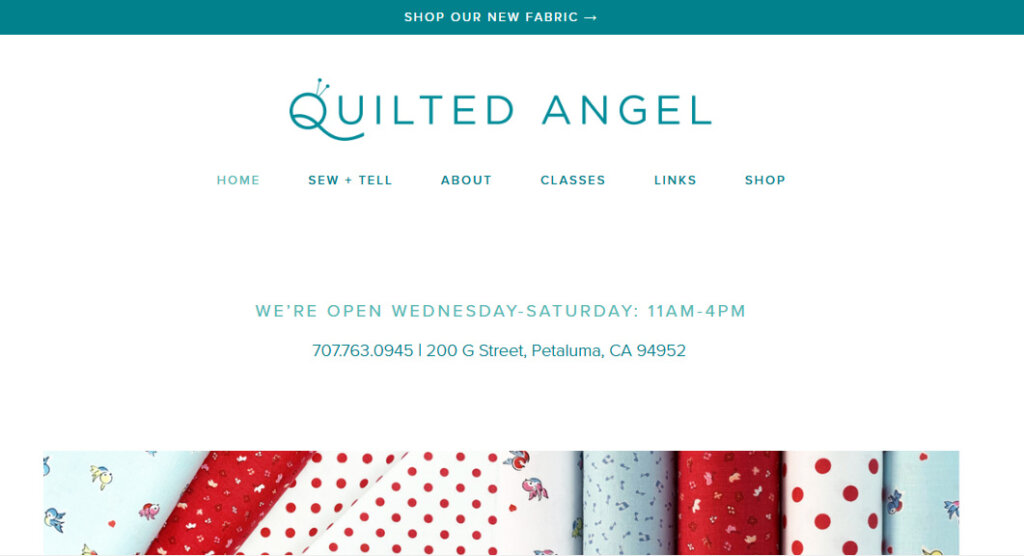
There must be millions of websites like the above for good small businesses that give evidence of making 3 significant incorrect assumptions:
1. Myth: Customers will land on my homepage and be able to figure out what my business is and does.
Fact: Customers enter your website via multiple pages – from Google’s SERPs, from social media links, from local business listings, etc.
2. Myth: As long as the main text area of my homepage has a clear, unique sales proposition/unique value proposition (USP/UVP), customers will understand what I do.
Fact: Because customers encounter multiple pages of your website, you can’t count on them seeing your USP/UVP in the text of your homepage.
3. Myth: It’s obvious what my business is and does.
Fact: Don’t count on it; the public doesn’t understand your business like you and your staff do.
While the screenshot of the above quilting-related website does offer some clues for the observant visitor, why leave this up to chance? Instead, the solution to the 3 myths involves:
Visitors’ time is wasted when a masthead doesn’t include a USP/UVP. They are left having to figure out whether a particular business meets their needs. For example, looking at the above masthead fails to answer core questions, like:
By digging around in this website, I was able to eventually answer most of my questions, but a USP/UVP in the masthead could have relieved me of that work and brought me closer to a conversion faster. A decent USP/UVP for this business’ masthead could read:
“Petaluma’s largest quilt fabric shop + quilting class destination”
In just a few words, the right customer understands that they’ve reached the right place if they need X products and services in X location.
Missing or misleading location and service area information is the biggest error a local business website can make. Unless every core page of your website is making this vital data crystal clear, visitors will be left wondering where you are or where you serve.
I’ve experienced local business owners telling me it’s not necessary to specify city names and other contact data across their sites because “Google knows where we are.” Take my advice on this: never leave Google or your potential customers guessing when it comes to geography.
Related to the dilemma of missing location data is the negative brand impression created by misleading contact information. Look at the example below of this SERP entry. When you encounter something like this in Google, wouldn’t you think that a big brand like The Home Depot has a branch in Boonville, California?

Disappointing customers is never a good idea, and that’s exactly what will happen for anyone clicking through from Google to the following landing page:
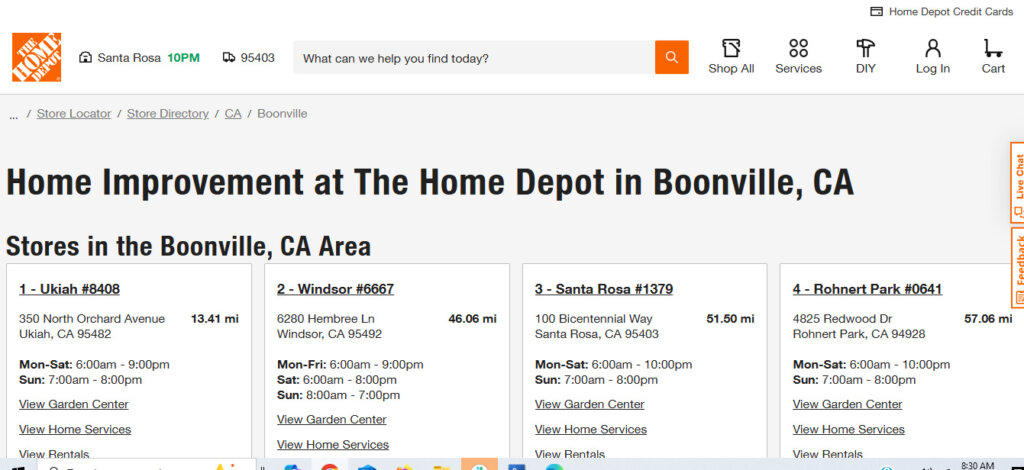
The header tag of this page is intentionally misleading consumers into believing that there is a location of this business in this specific town, when, in fact, The Home Depot does not have premises there, and consumers will have to go to a completely different town or city to do business with them.
My guess is that the SEO department of this corporation thinks it’s a smart idea to create location landing pages for every possible city anywhere near their chain locations, but what they’re actually doing with their optimization is signaling that they can’t be trusted.
It’s not helpful to customers to write titles and headers like these which are designed to trick the public and Google. Instead, next-nearest-store content should specify that there is a branch near the customer’s town, but not in it. Vague ideas about SEO wins should not be prioritized over earning customer trust.
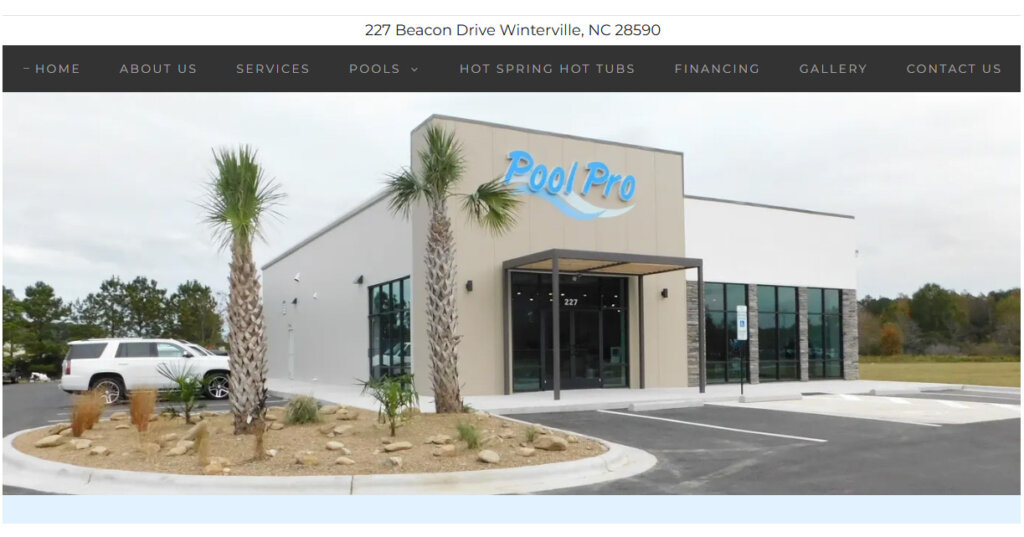
This looks like a nice business with a showroom customers can come to for information about the pools the company installs. Only problem? I can’t find anything on the website about their service radius and so I have no idea whether my address falls within their service area.
At the very least, add this information to the text of your home page, contact page, about page, and other relevant pages, but you can go one better by giving visual confirmation of your service radius with an embedded, customized map.
While it’s fairly easy to embed a standard Google map on your site with a pin on it for a physical business location, creating your own service radius map takes a little more work.
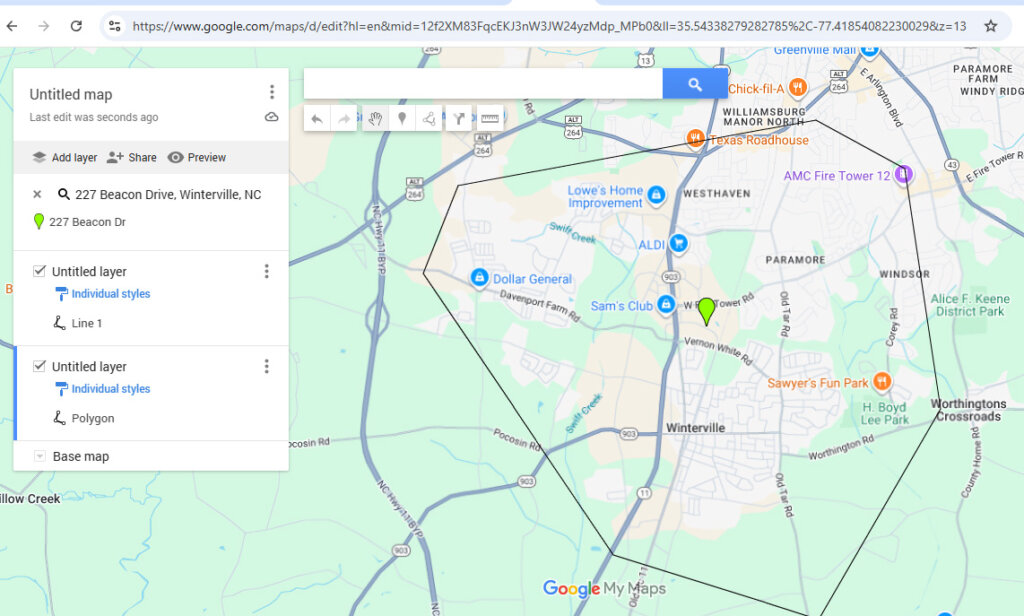
You can draw shapes on a Google My Map that you can then download and embed on your site to represent your service radius. Frankly, it’s not very beautiful, so you might, instead, use a free third-party service like MapDevelopers.com. Watch this helpful video tutorial on creating a circular radius customization for a Google Map:
By making your service area clear, you’ll increase customer confidence and speed up conversions because fewer people will need to go through the bother of calling you to ask if you can come to their address.
Is your company operating under the myth that it’s better not to mention pricing until you’re face-to-face with a prospect and believe your sales pitch can win them over? Please, rethink this dated approach. Andy Simpson specifically highlighted Krystal Taing’s presentation on this topic at LocalU Advanced Nashville 2025, in which she shared the following findings:
“A study of consumer behavior found that unclear, conflicting, or completely absent pricing is one of the top reasons customers will immediately choose a competitor over you.”
Where pricing is absent, many consumers will assume that it’s being kept hidden because it’s too expensive.
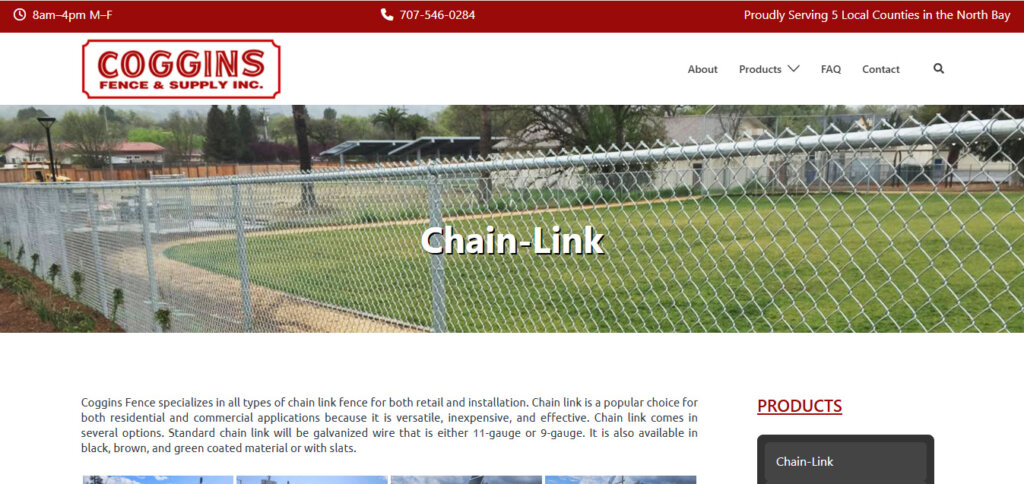
Krystal’s presentation gave a real-world example of a customer who bounced to a competitor because a hair salon lacked pricing information, and I routinely encounter local business websites like this one for a fencing contractor that never mention cost at all. Visitors are being prompted to request a quote, but they aren’t even being given an estimate to help them assess whether a service is within their budget ballpark.
Where exact pricing involves calculation (as in the case of contracting projects), at least provide a price range to help customers qualify themselves. Improve lead quality by being upfront about typical project costs, and where set pricing exists, spell it out to increase conversions.
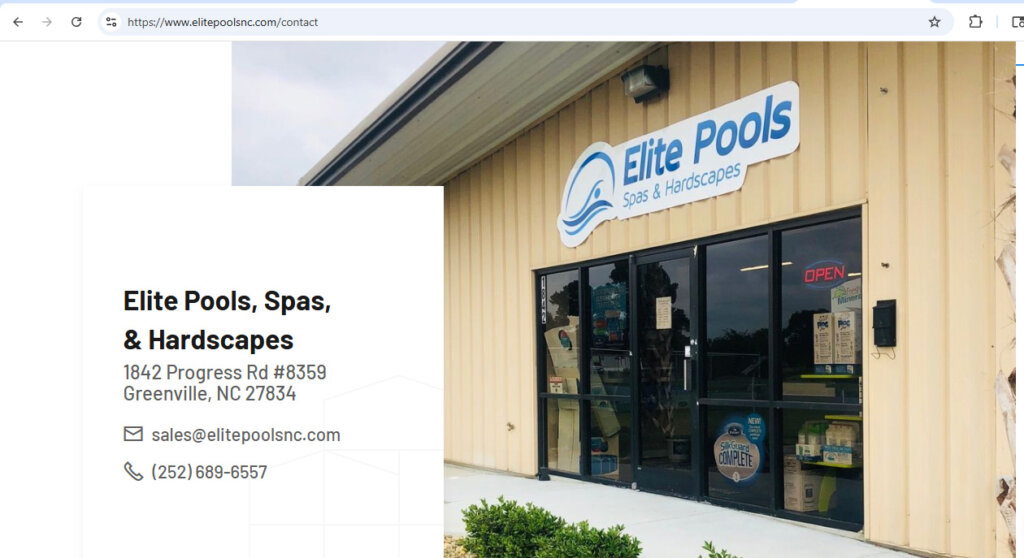
This is the sort of thing that makes local SEOs cry. This website for a pool installer is almost there. Contact Us page? Check! Complete name, address, and phone number (NAP)? Check! Hours of operation? Uh…
It seems like such a simple thing, but it’s one of those fine details that are regularly overlooked and I’d make a large bet that the staff of this local business is answering lots of phone calls asking, “When are you open?” instead of letting the website do the work for them.
So, step one here is to make sure you’ve got basic hours of operation on your homepage, contact page, about page, location landing pages and service area pages. If you’ve already checked these boxes, you can make your website even more helpful to customers if you also include:
That last point can be a real trust factor in certain industries. Here’s a different pool company that’s doing a better job by stating how they can be reached outside of normal business hours:
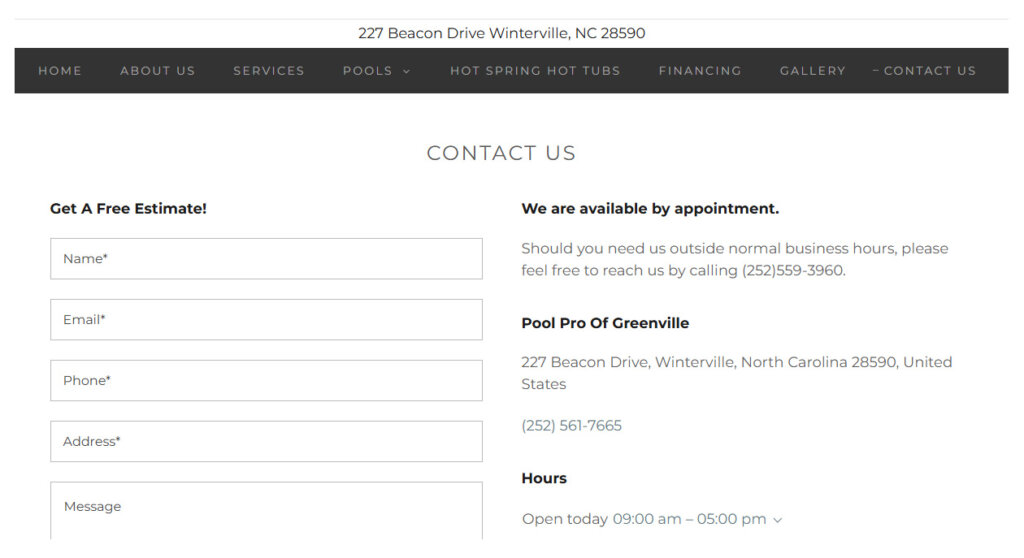
If my swimming pool suddenly springs a leak at 7 PM, I’d like to see a very clearly labeled “after hours support” phone or text line I can contact to try to get help as quickly as I can. And if you’re in an industry where customers are making up their minds outside of typical business hours about whether to reach out to you, why not facilitate this outreach with something as simple as an SMS line designed to catch leads you can follow up on the next day?
A vast portion of the 21st-century internet is devoted to people talking about eating. Yet, we still seem to be living in the Dark Ages when it comes to facilitating giving the gift of dining to others. In fact, there are so many instances in which people don’t know exactly what to buy for someone special on a special occasion, making gift cards of almost any kind a welcome option.
I recently documented my own search for a restaurant with gift cards in a California county with a population of nearly 500,000 people. There are thousands of restaurants in this locale, causing me to think I should be easily able to purchase a dining gift card for a loved one’s birthday. Instead, I found that:
I was honestly surprised that in an age in which I tend to assume that everything can be ordered online, no restaurant could help me send a gift card to my loved one. It seems to me like so many sales are being left on the table, and so I was very interested when Phillip Barnhart commented on my Linkedin post with this insightful explanation of why he believes gift card adoption rates are so low in the US:
“Gift cards are an absolute pain for small businesses – especially restaurants. They have to carry the gift card sales as a liability, not revenue (even though it’s cash flow) until used. Plus, they have to account for unredeemed cards – often having to carry them for years. Some states make these businesses turn over unredeemed card balances to the state (Texas, where my son manages a food truck, does not, but others do.) Some states require cashing out gift cards when their balance falls to a few bucks. And accounting for this stuff is a headache.
My local coffee place offers gift cards which work easily with their POS, so it’s not a tech issue – but they DO monitor average redemption time very carefully every quarter to make sure they still come out ahead (I asked one time). Almost all their purchasers are current customers who want the convenience, not to give as gifts.
It isn’t the technology nor the restaurants that are the real issue – it is the patchwork regulations (on top of all the OTHER regulations) that make it too burdensome. The “someone” that needs to fix this are the politicians who are too busy playing politics (both the “R” and “D” variety) to actually fix things that matter.”
Per Phillip’s suggestion (and barring regulations being altered to help instead of hurt small businesses), I recommend investigating solutions for integrating gift card options into your POS, provided you are carefully monitoring average redemption time on a quarterly basis. And definitely be sure that anyone who answers phone calls and texts has been sufficiently trained in the existence of your gift card options and how they work. It’s a very unnerving experience when any customer question is met with an, “Uh, I don’t know,” by an employee.
Google has gone out of its way to emphasize how much they want publishers to create helpful, reliable, people-first content. While Google critics may question their commitment to these aspirations, the concept is a good one to embrace to improve consumer experiences with your company’s website.
Remember that websites offer unlimited space. There are so many more fine details you can add to answer questions that create conversions. Does your website currently disclose the payment forms you accept, the languages spoken by your staff, the years you’ve been a trusted resource in your community, the special needs you’d be happy to cater to, the accessibility features of your premises, the availability of nearby parking, the transit options to reach your destination, nearby attractions of interest or use to your customers, your environmental commitments, your community involvement, your professional associations, your loyalty programs, your fulfillment options, or your customers’ own evaluations of your performance via first-party reviews and testimonials?
If you’re missing any of these assets, your website has room to grow to be a better digital representative of your real-world business. The right answer at the right moment could earn you a new customer you’ll keep for life.
New to local business marketing? Want to get a quick and expert education? Read How to Develop a Local SEO Strategy: The Complete Guide for Small Businesses.
Miriam Ellis is a local SEO columnist and consultant. She has been cited as one of the top five most prolific women writers in the SEO industry. Miriam is also an award-winning fine artist and her work can be seen at MiriamEllis.com.
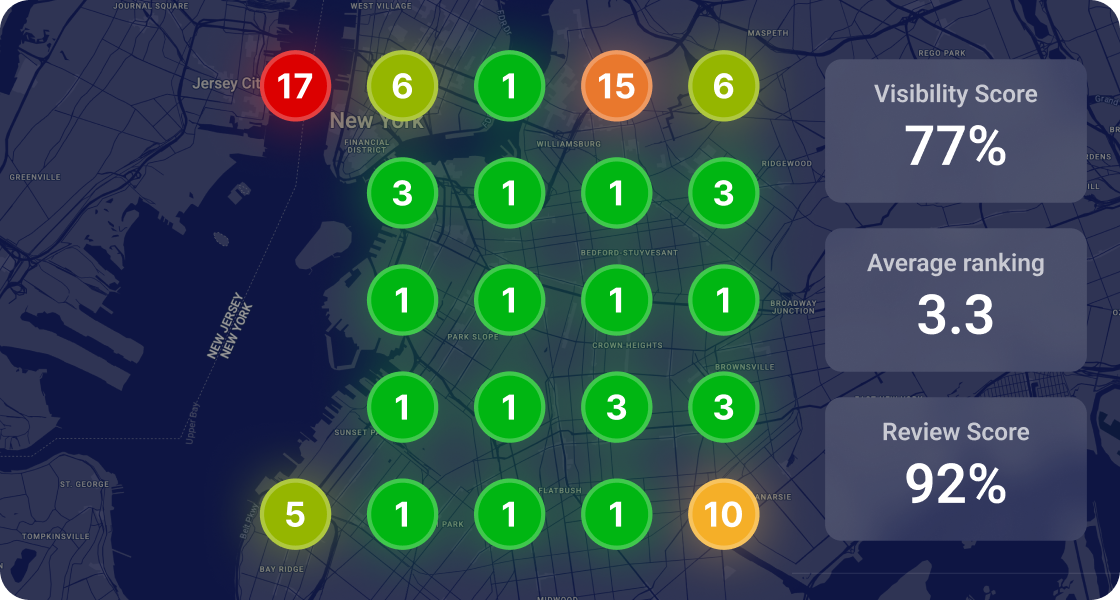

Whitespark provides powerful software and expert services to help businesses and agencies drive more leads through local search.
Founded in 2005 in Edmonton, Alberta, Canada, we initially offered web design and SEO services to local businesses. While we still work closely with many clients locally, we have successfully grown over the past 20 years to support over 100,000 enterprises, agencies, and small businesses globally with our cutting-edge software and services.